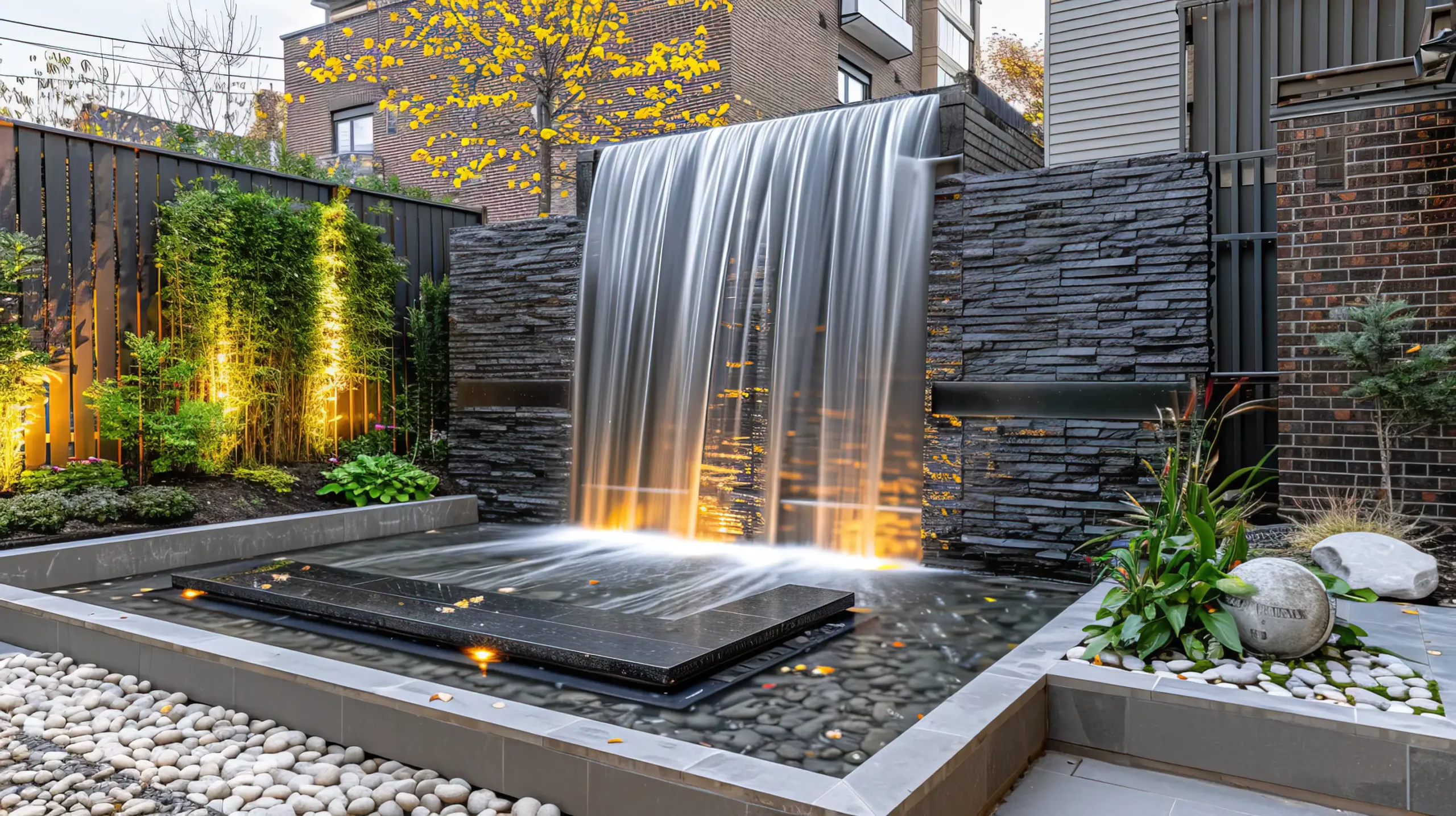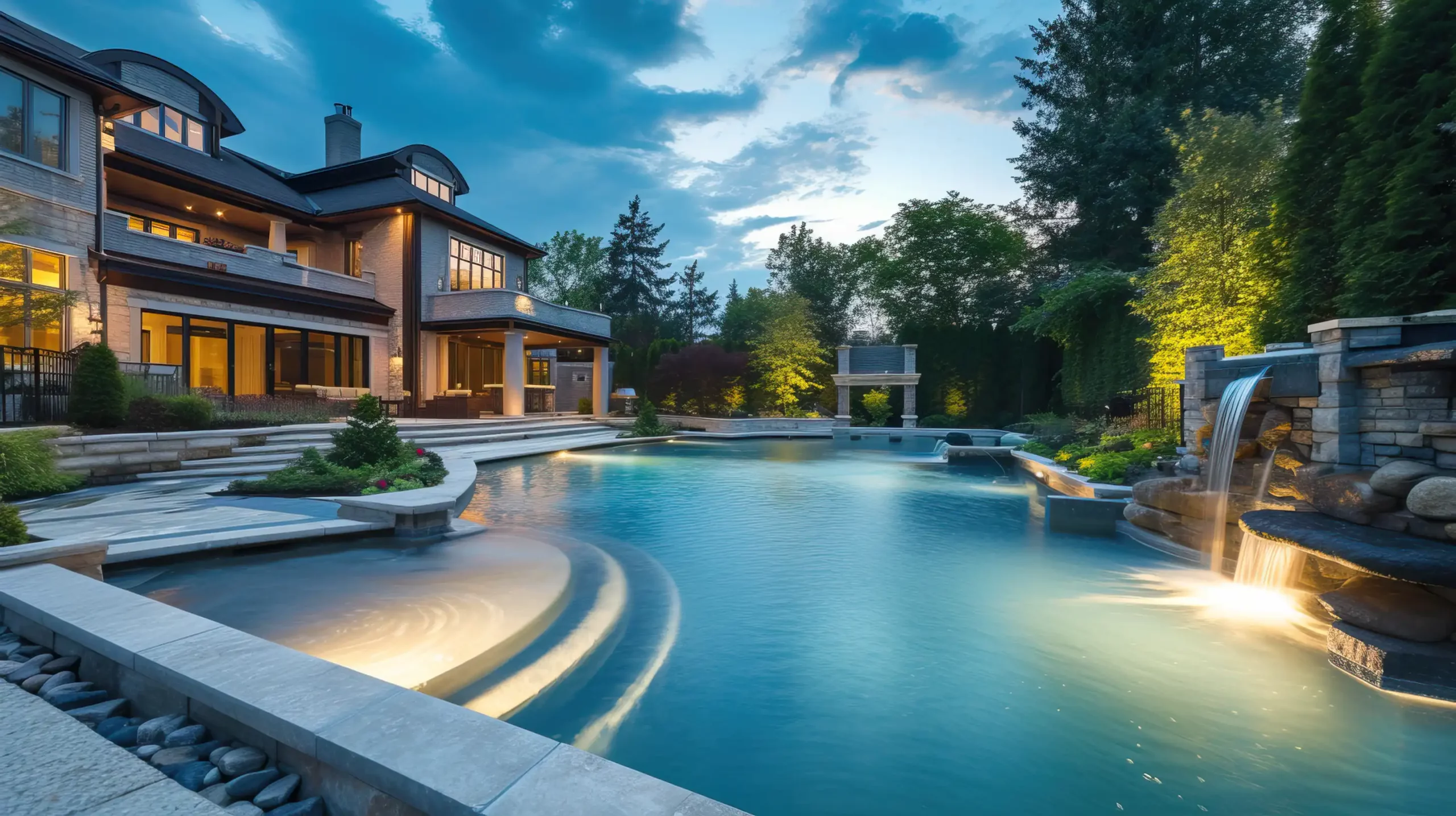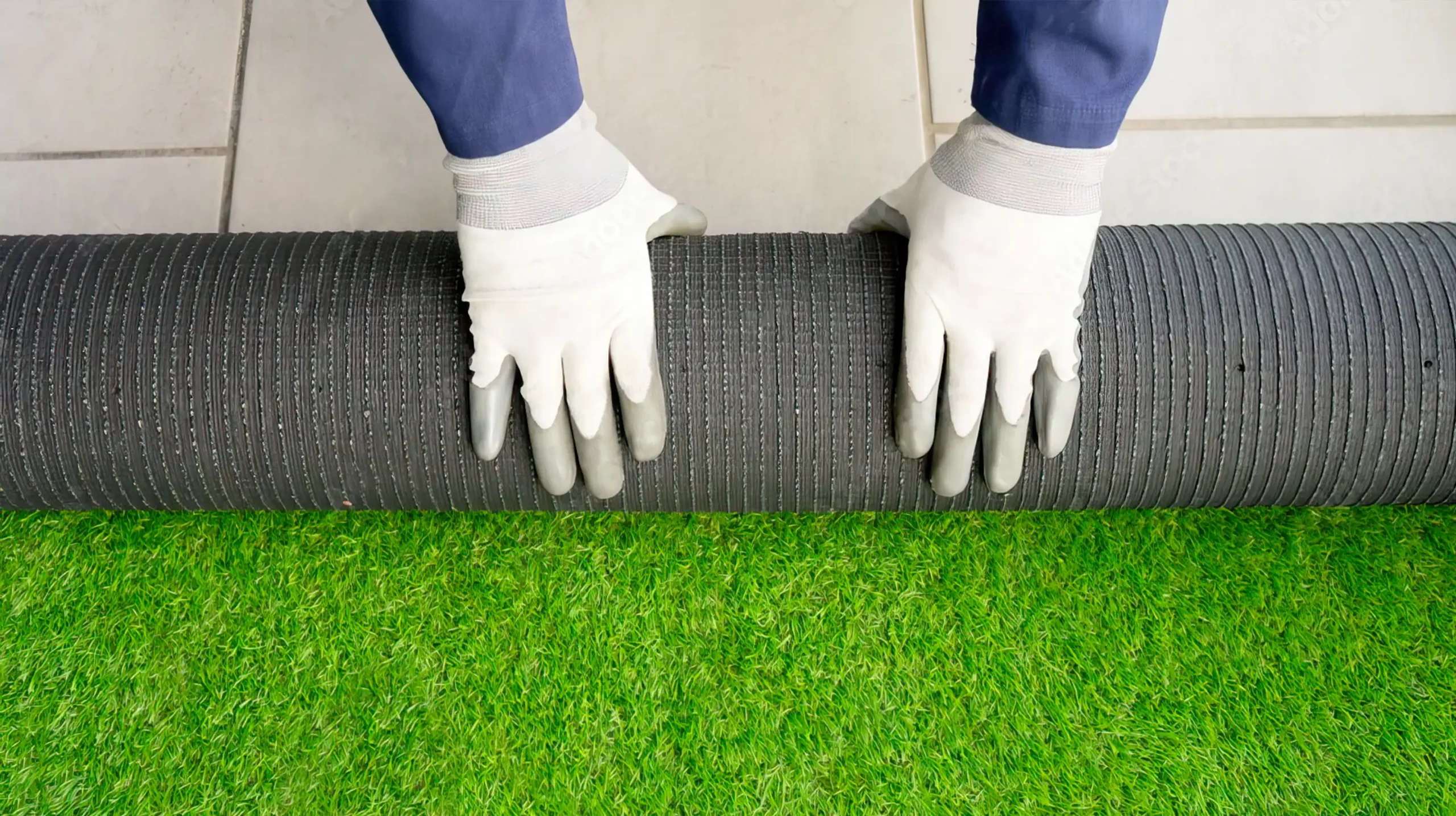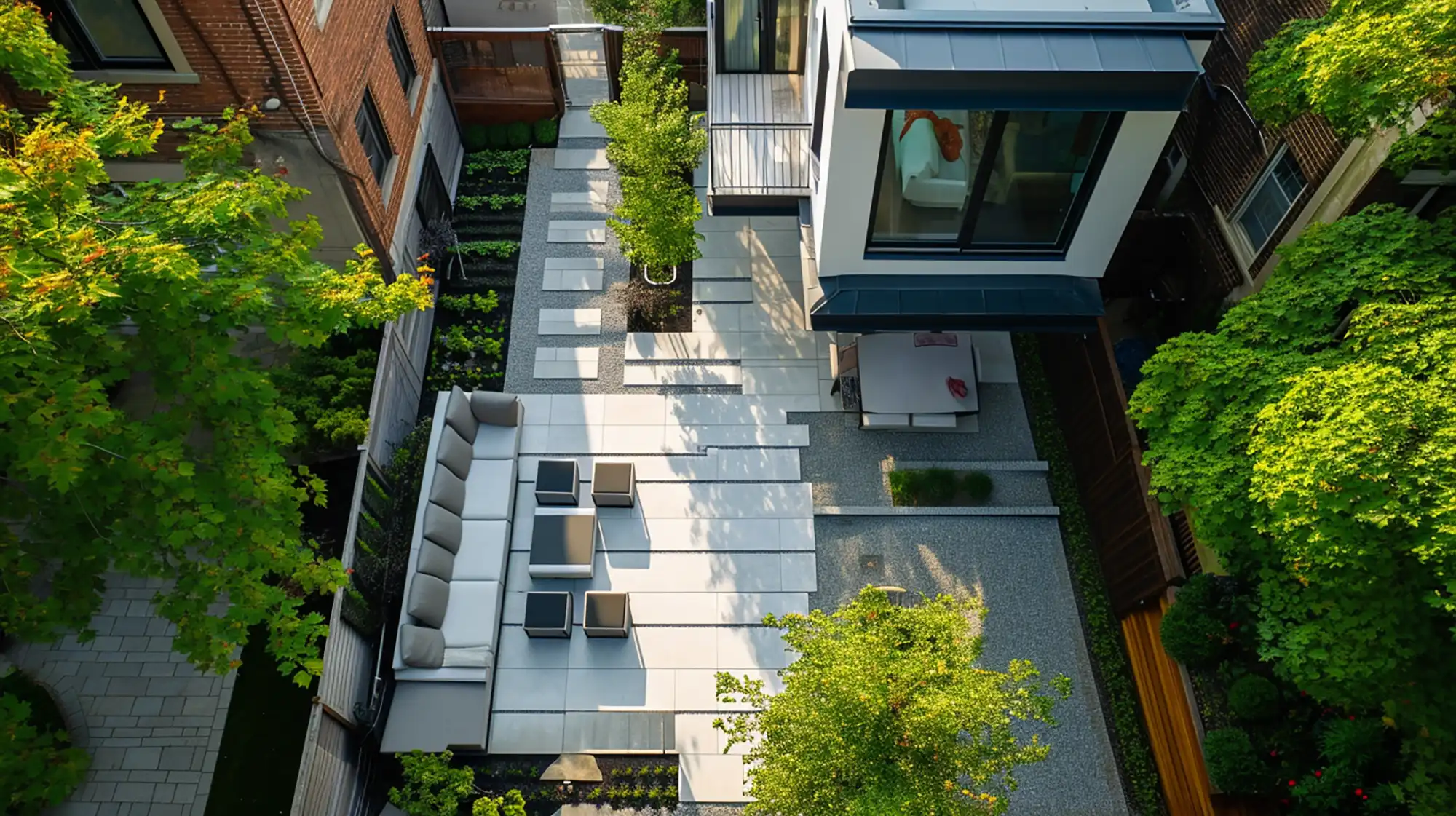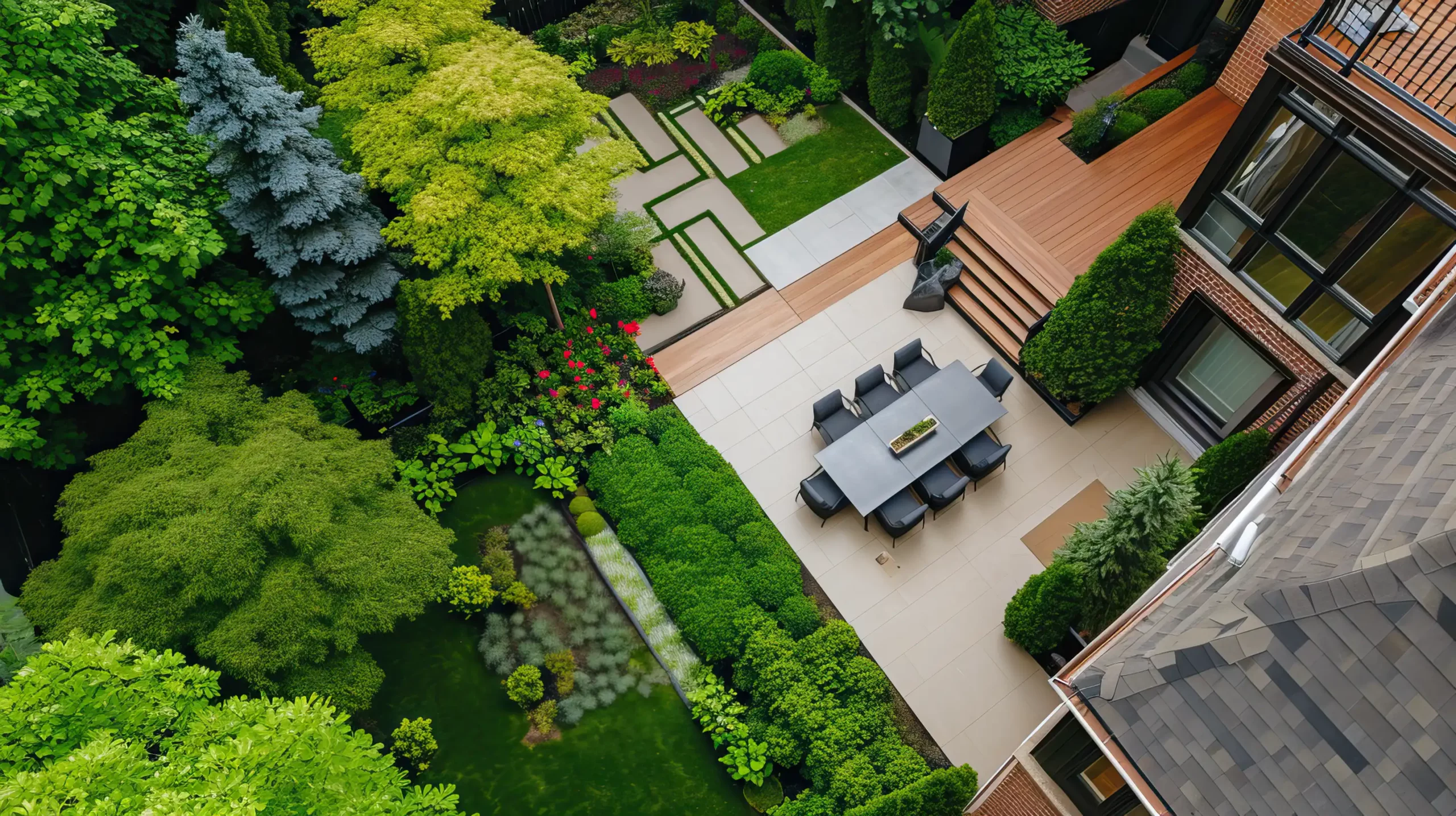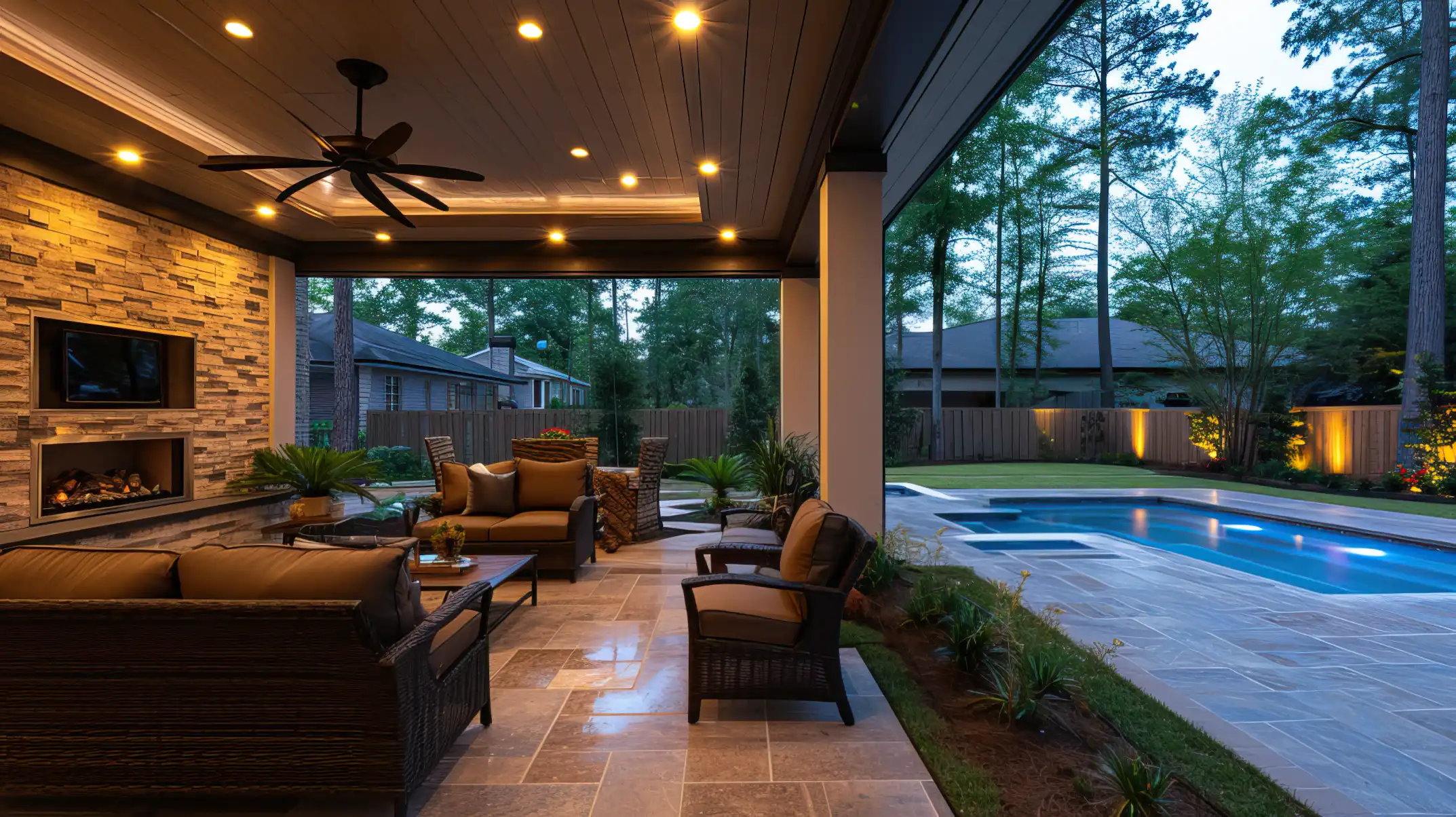By Mike Verespej, Published February 14, 2011
Companies that make composite and cellular PVC decking remain the one bright spot in the building and construction market. Many of them have grown at a high-double-digit pace during the past three years in spite of the housing downturn —- or perhaps helped by it to some degree, as homeowners turned to remodeling projects.
Despite their success, decking manufacturers — as well as makers of siding, trim and railing — have had to adapt to a rapidly changing market filled with new consumer demands.
“What’s changing is that the consumer doesn’t just want, but demands that alternative decking offer lower maintenance and look like real wood,” said Mike Gori, product management director for decking maker Azek Building Products Inc. The Scranton, Pa., firm also makes trim, rail and fencing products.
“That has made us look at innovation differently and focus on how you get plastics to look like real-wood building materials,” Gori said.
Also, while being green and sustainable is important and, in many ways, more essential than ever, making products from non-petroleum resources and extolling their green virtues is not the way to guarantee success.
“You can be touting one of the greenest products, but you need to deliver on strength, performance and pricing,” said Peter Kotiadis, president and CEO of Tech-Wood North America in Greenwood, S.C.
Tech-Wood’s Tech-Plank-brand home siding is made from polypropylene and oriented long-strand pinewood fibers.
“Being green can be the tipping point if all other things are equal. But the market will not pay much of a premium” simply because the product is green.
As a result, companies with green and sustainable products are selling them first and foremost on their performance, and the number of products being introduced that are made from non-traditional materials is shrinking.
New consumer demands are pushing companies to move into new product categories and to make additions that provide more options, more comfort and better aesthetics, while making it easier and less costly for builders or homeowners to install the products.
“We want to cut down on the amount of time that it will take the contractor or a homeowner to do a job,” said Gori. “We are focusing on ease of use, ease of installation and aesthetics,” features reflected in the dozen new products — and two new deck colors — that Azek unveiled at the International Builders Show in Orlando, held Jan. 12-15.
Those products included a finish-grade, two-piece trim system that eliminates the need to fill, paint and sand nail holes, and an in-deck storage kit and ice cooler that allows part of the deck to serve as an easy-opening lid for an under-deck, dual-purpose storage bin. The bin can store deck umbrellas and lawn cushions, or be plugged in to serve as an ice cooler.
“We are hoping that this can hit the marketplace in May,” said Gori, as he demonstrated how the lid opens with just one finger because of its gas-assisted springs. “We have recreated the deck floor as a lid.”
The larger of the two sizes of storage bins has 17.5 cubic feet of storage, identical in size to many refrigerator-freezers, he said. In addition, “the product tub extends 10-12 inches down and has vent plugs you can use to make it a giant cooler for parties,” he said.
Royal Group Inc. of Woodbridge, Ontario, also introduced several products designed to cut down on installation time for builders or homeowners, including its one-piece composite Haven breathable, fire-retardant, foam-backed insulated siding and DoubleSnap vinyl window and door trim that can be installed over deteriorating wood. Both products will be available this spring.
“Haven allows you to apply siding without building new windows,” said Jennifer McGill, group marketing director for Royal. “DoubleSnap allows the remodeler to go from unimproved wood trim and snap the new trim right over the top of the existing trim.”
The facing and casing DoubleSnap trims can reduce installation time by one-third. “It works well with siding and other cladding materials. It goes right on top of top of the trim and the top of the window sill,” she said.
Royal is making the DoubleSnap trims under license from inventor Specialty Casings Designs Inc., based in Stoughton, Mass.
Royal also introduced its new solid-core cellular vinyl window system that it said looks and performs like wood windows, and its vinyl frame Opus patio doors that come with either a traditional mechanical sash or a welded sash system.
Those innovations reflect Royal’s approach since Mark Orcutt became executive vice president of the Building Products Group two years ago.
“Some companies cut back on innovation and research and development in a recession, which is really a mistake,” Orcutt said. “The reality is that you had better be innovative to get the consumer and builder’s attention and retain what sales you have.
“We have put in innovative processes and hired people for that because innovation is basic block and tackling,” he said. “You have to figure out what the market is looking for and drive it back into the business and work with customers to bring new products to the marketplace. It is a new process for us that is beginning to be embraced.”
Orcutt added that “consumers are looking for new, sustainable, low-maintenance products and better-looking products” at virtually the same price. “Exterior [home] products look much better than five years ago,” he said.
Innovation also means companies have to attack various prices in the marketplace, said Stu Kemper, CEO of composite and PVC decking maker TimberTech, based in Wilmington, Ohio.
TimberTech’s lower-priced ReliaBoard PVC decking, introduced in January 2010, produced “the largest dollar-volume product line” in the firm’s history, said Kemper — but not for long. “We believe that our Earthwood Evolutions [capped composite decking introduced in October] will exceed that and become the highest dollar-volume product line introduction. That gives us another offering in that high-end market that is growing very quickly,” he said.
“We take the approach that we cover the entire category. You want to have products in all categories, because you can’t always predict where the market is going to go.
“I see continuing growth in vinyl, but the rate of growth will slow with the introduction of capped composites,” said Kemper. But, he added, he expects the ReliaBoard business to keep growing “because it fills a [lower-priced] economic segment that has been underserved.”
Having products for all ends of the market was the reasoning behind Advanced Environmental Recycling Technologies Inc.’s introduction of its lower-priced MoistureShield Eclipse decking and its high-end Vantage Collection Pro Series decking, said Brent Gwatney, sales vice president for the MoistureShield brand.
“Eclipse is going to be our price-point product that is going to be in the commodity market where price is everything,” he said, a critical more as Springdale, Ark.-based AERT expects “that phase to continue at least for another year or two.”
“The new housing market is still in doldrums,” Gwatney said. “There are still too many new houses that have to be sold.”
Conversely, AERT’s new Vantage products are targeted for contractors “looking for something special.” The decking is designed and manufactured to “hold color better and so that rain will wash material out of the grooves,” he said. “It has a deeper wood-grain finish and is more embossed. It is made from smaller fibers.”
The firm also is extending its MoistureShield brand with exterior molding, which will be made by MJB Wood Group Inc. of Dallas. That product will be available at the end of February. However, a line of outdoor furniture, originally scheduled to be introduced in 2011, has been pushed back.
“We won’t be introducing anything else this year,” said Gwatney. “We are focusing on how we make what we have better and working on prototypes of outdoor furniture.”
But he noted that AERT has partnered with NanoMech Inc. in Fayetteville, Ark., to incorporate nanomaterials into its next generation of decking. “We are currently testing products with nanotechnology,” Gwatney said. NanoMech’s chief technology officer, Ajay Malshe, said the products could materialize as soon as next year.
To stay competitive and boost product offerings, firms also are expanding into more areas — but in different ways:
* Window, door and decking maker Deceuninck North America LLC showed its Solstice cellular PVC decking, which made its debut at Deck Expo in September. The reversible decking boards have a different color on each side so distributors can operate out of one inventory. The firm already offers composite decking with its Kodiak brand.
* Composite deck maker Trex Inc. in Winchester, Va., recently unveiled energy-efficient LED deck lights without a blue haze. They can be installed easily, and integrated discretely into posts, decks, rails and steps. Also new: a line of outdoor furniture, including sofas, chaise lounges, coffee tables and dining rooms sets, made for Trex out of recycled high-density polyethylene by Poly-Wood Inc. in Syracuse, Ind.
“We have moved into products — deck, rail, lights and furniture — that focus on the whole outdoor buying experience,” said Adam Zambanini, Trex vice president of marketing. “We can now use a systems selling approach and sell an entire lifestyle or an outdoor great room.”
A new market: siding. “The next big-volume opportunity that we could offer is siding,” Gori said. “That is where Azek is headed.”
* Azek isn’t alone in shooting for a broader range of products. Tech-Wood, a much smaller company still new to the market, has the same vision. The firm’s Tech-Plank siding, which it introduced only a year ago, is just now moving into full production, and already Tech-Wood is planning to move into two other market areas — window sashes and frames, and fencing, said Tech-Wood’s Kotiadis. Tech-Wood is gearing up to offer fencing in the first quarter and window sashes and window frames later in the year.
“Windows and sashes might be the next big market for us,” he said.
Kotiadis believes the technology behind Tech-Wood has the potential to be the future of building products for the next 25 years.
“We have created a product without any premium or additional cost that has the high-end look of wood [and] has greater strength and mass than fiber-cement siding, but without the maintenance and installation issues,” he said.
Visit our website to find a location closest to you, or to contact a deck designer today!
Follow us on Facebook and Instagram for more deck design ideas.

